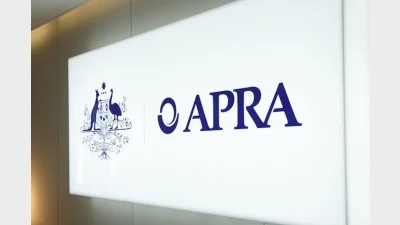Retirees beating inflation through equities



Investing in equities can help a retiree's potential for a higher sustainable withdrawal rate by gaining more flexibility in accounting for inflation, according to a report by Milliman Financial Risk Management.
The report found that since 1930 the growth rate of the S&P 500 dividend kept up with inflation, and outpaced it by more than one per cent per year.
"Over the course of 10 years the dividend has doubled to $41.31 [per share]. Based on the level of the S&P 500 in April 2005 (1157), $41.31 per share equates to a yield of 3.5 per cent," the report said.
"A level far superior to the two per cent yield on the 10-year Treasury bond in April 2015."
The report noted the reason for the ability to keep up and outpace inflation is because businesses are able to pass along price increases to consumers.
"History bears witness to the ability (and arguably tendency of stocks' earnings, dividends, and share prices to inflate with the economic price inflation," the report said.
"For this reason we believe investors should have a significant allocation to stocks, both when approaching and during retirement."
Recommended for you
The super fund has launched Retirement Manager, a digital advice tool helping members plan income, spending, and retirement confidence with integrated support.
APRA has warned retail super trustees that financial adviser involvement in recommending platform products does not diminish their obligations, as regulators turned the spotlight on the Shield Master Fund and First Guardian Master Fund during a meeting with fund CEOs.
AMP’s chief economist has unveiled a wish list for the Australian government’s Economic Reform Roundtable.
Australian retirees could increase their projected annual incomes between 3 and 51 per cent by incorporating personal and household data into their retirement income strategies, according to new research.









